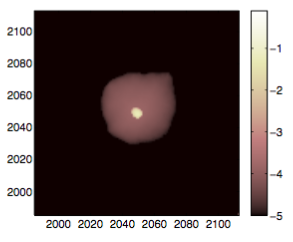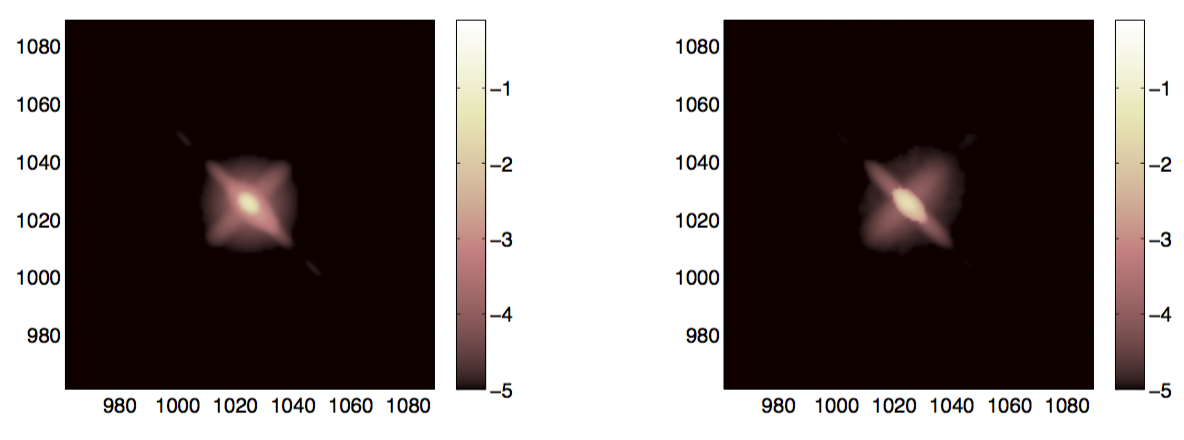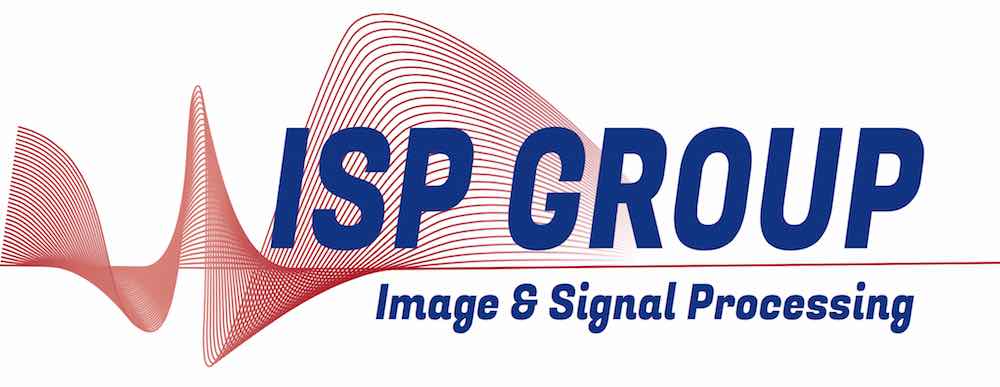Description
Blind image deconvolution is an inverse problem ubiquitous in several imaging applications (e.g., microscopical and astronomical imaging, photo enhancement, …), where the image measured by the real optical instrument is given by the convolution of the ideal image and the response of the instrument (also called point spread function – PSF). Additionally, the image acquisition process is also contaminated by other sources of noise (e.g., read-out and photon-counting).
One focus of this research topic lies on the astronomical imaging application, where the optical characterization of instrumental effects is of high importance in order to extract accurate physical information from the observations. The problem of estimating both the PSF and the true image, called blind deconvolution, is ill-posed.
A blind deconvolution scheme that relies on image regularization is proposed. Contrarily to most methods presented in the astronomical imaging literature, the proposed method does not assume a parametric model of the PSF and can thus be applied to any telescope. Our scheme uses a wavelet analysis prior model on the image and weak assumptions on the PSF. We use observations from a celestial transit, where the occulting body can be assumed to be a black disk. These constraints allow retaining meaningful solutions for the filter and the image, eliminating trivial, translated and interchanged solutions. Under an additive Gaussian noise assumption, they also enforce noise canceling and avoid reconstruction artifacts by promoting the whiteness of the residual between the blurred observations and the cleaned data. Our method is applied to synthetic and experimental data. The PSF is estimated for the SECCHI/EUVI instrument using the 2007 Lunar transit [attach images/data], and for SDO/AIA using the 2012 Venus transit [attach images/data]). Results show that the proposed non-parametric blind deconvolution method is able to estimate the core of the PSF with a similar quality to parametric methods proposed in the literature. We also show that, if these parametric estimations are incorporated in the acquisition model, the resulting PSF outperforms both the parametric and non-parametric methods.



Other Applications:
The blind deconvolution techniques discussed above do not exclusively apply to solar telescopes that have observed a solar transit. There exists many imaging applications where we have some knowledge about the intensity of a certain area of pixels in the image and its exact location. Another focus of this research topic lies on the medical imaging application, more especifically, on positron emission tomography (PET). This imaging modality aims at obtaining metabolic information of the human body from measurements of gamma rays emitted by tracers that have been previously injected in the body. In PET imaging, the recovered image containing the metabolic information is affected by the PSF of the instrument, which needs to be accurately estimated in order to obtain useful information from the images. Interestingly, the urinary bladder can be used as an anatomical landmark, since in a PET image the bladder is observed as an area where the pixels intensity remains constant, i.e., where the gradient of the image is known to be zero. The location of the urinary bladder in the image can be known with high precision by performing image registration of the available PET image with a computed tomography (CT) image.
Datasets of PSFs
From 1, we make available to the community the following data (all available in this ZIP archive, 2.3MB, and saved in standard Matlab data files).


AIA_Venus_PSF_NP.matandAIA_Venus_PSF_P_NP_Poduval2.mat: These are the PSFs of the AIA instrument obtained thanks to the Venus transit captured by SDO/AIA on June 5th - 6th 2012 (see Figs. 6-7 in 1). The first file contains the estimated non-parametric PSF from 1 (Fig. 6-(center) in 1). The second file contains three different PSFs: the parametric PSF obtained by considering only the mesh diffraction components in the PSF estimated by Poduval et al. in 2 (Fig. 7-(center) in 1), the non-parametric PSF obtained by our method (cropped on its center), and the parametric/non-parametric PSF formed by the convolution of these two (Fig. 7-(right) in 1).
Note that the AIA PSFs from 2 are available on author’s website.


Secchi_Moon_PSF_NP.mat,Secchi_Moon_PSF_P_NP_euvi.mat,Secchi_Moon_PSF_P_NP_Shearer.mat: These files are related to the PSFs obtained for the Secchi instrument from the Moon transit on February 25th 2007 by the Extreme Ultraviolet Imager (EUVI) 3 (see Figs. 12-13 in 1). The first file contains the estimated non-parametric PSF from 1 (Fig. 12-(right) in 1). The second file contains three PSFs: the parametric PSF provided by the euvi_psf.pro procedure of Solar-Soft 3 (Fig. 12-(left) in 1), the non-parametric PSF obtained by our method (cropped on its center), and the parametric/non-parametric PSF formed by the convolution of these two (Fig. 13-(left) in 1). The third file contains three PSFs: the parametric PSF obtained by Shearer et al. 4 (Fig. 12-(center) in 1), the non-parametric PSF obtained by our method (cropped on its center), and the parametric/non-parametric PSF formed by the convolution of these two (Fig. 13-(right) in 1).
Note that the EUVI PSF from 4 is available within IDL/SSW using the ’euvi_deconvolve.pro’ routine.
Collaborators
Véronique Delouille (Solar physics and Space weather department, Royal Observatory of Belgium)
-
A. Gonzalez, V. Delouille (SIDC/ROB, Belgium), L. Jacques, “Non-parametric PSF estimation from celestial transit solar images using blind deconvolution”, J. Space Weather Space Clim., 6, A1 (2016) doi:10.1051/swsc/2015040, arXiv:1412.6279, dial:2078.1/169498 ↩︎ ↩︎ ↩︎ ↩︎ ↩︎ ↩︎ ↩︎ ↩︎ ↩︎ ↩︎ ↩︎ ↩︎ ↩︎
-
B. Poduval, C. E. DeForest, J. T. Schmelz, and S. Pathak. Point-spread Functions for the Extreme-ultraviolet Channels of SDO/AIA Telescopes. ApJ, 765:144, March 2013. ↩︎ ↩︎
-
R. A. Howard, J. D. Moses, A. Vourlidas, J. S. Newmark, D. G. Socker, S. P. Plunkett et al. Sun Earth Connection Coronal and Heliospheric Investigation (SECCHI). Space Sci. Rev., 136:67–115, April 2008. ↩︎ ↩︎
-
P. Shearer, R. A. Frazin, A. O. Hero, III and A. C. Gilbert. The First Stray Light Corrected Extreme-ultraviolet Images of Solar Coronal Holes. ApJ, 749:L8, April 2012. ↩︎ ↩︎

